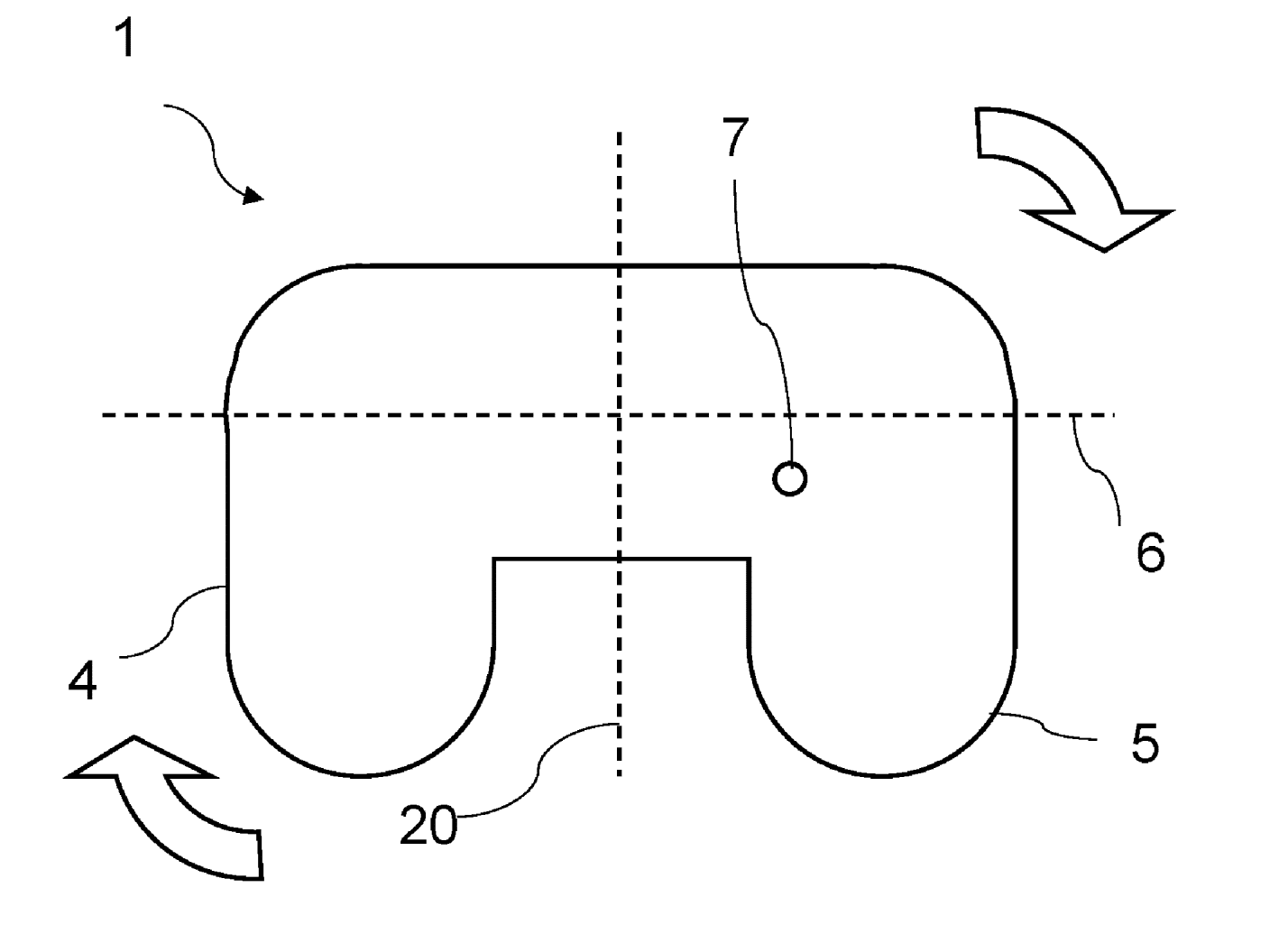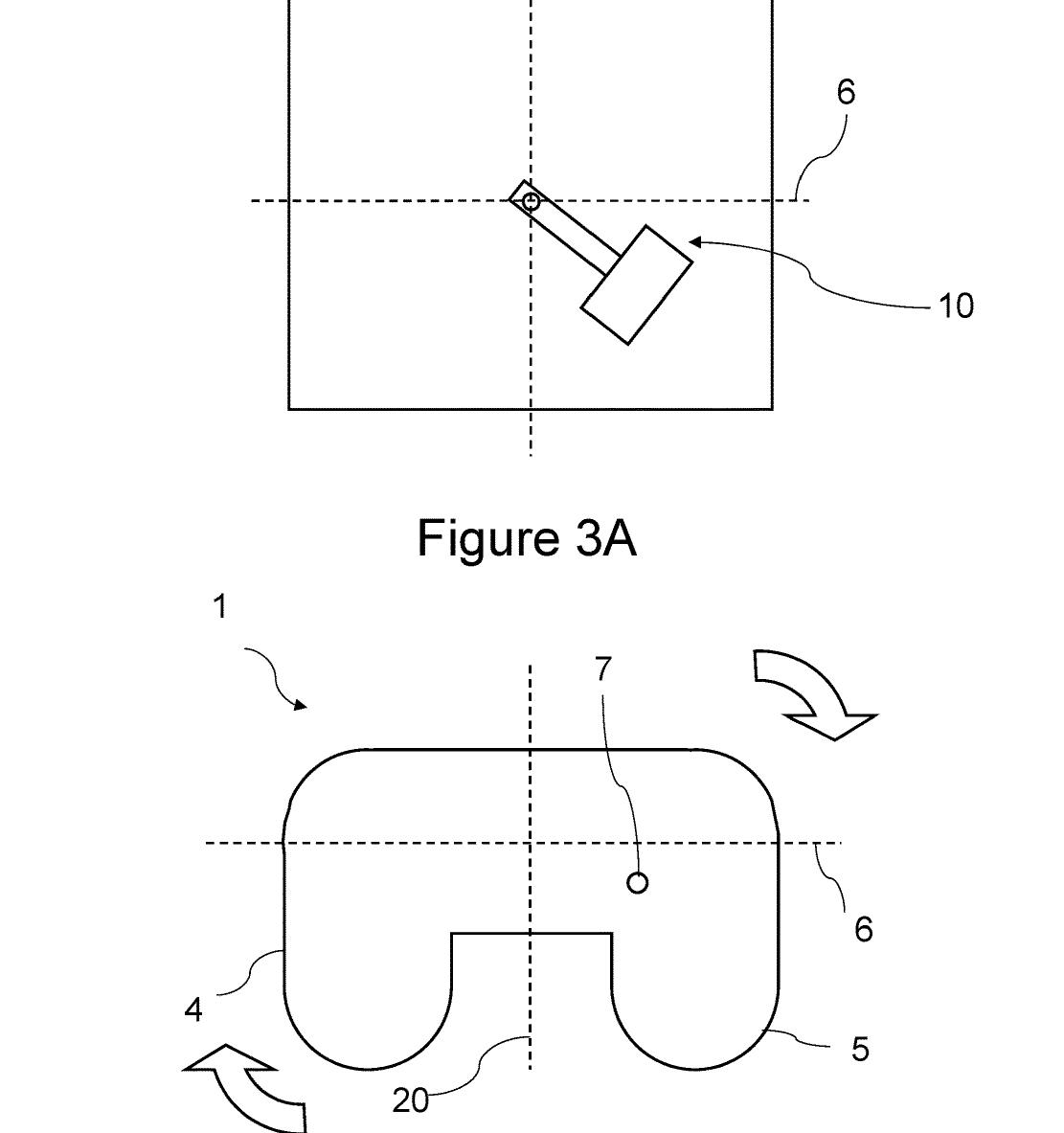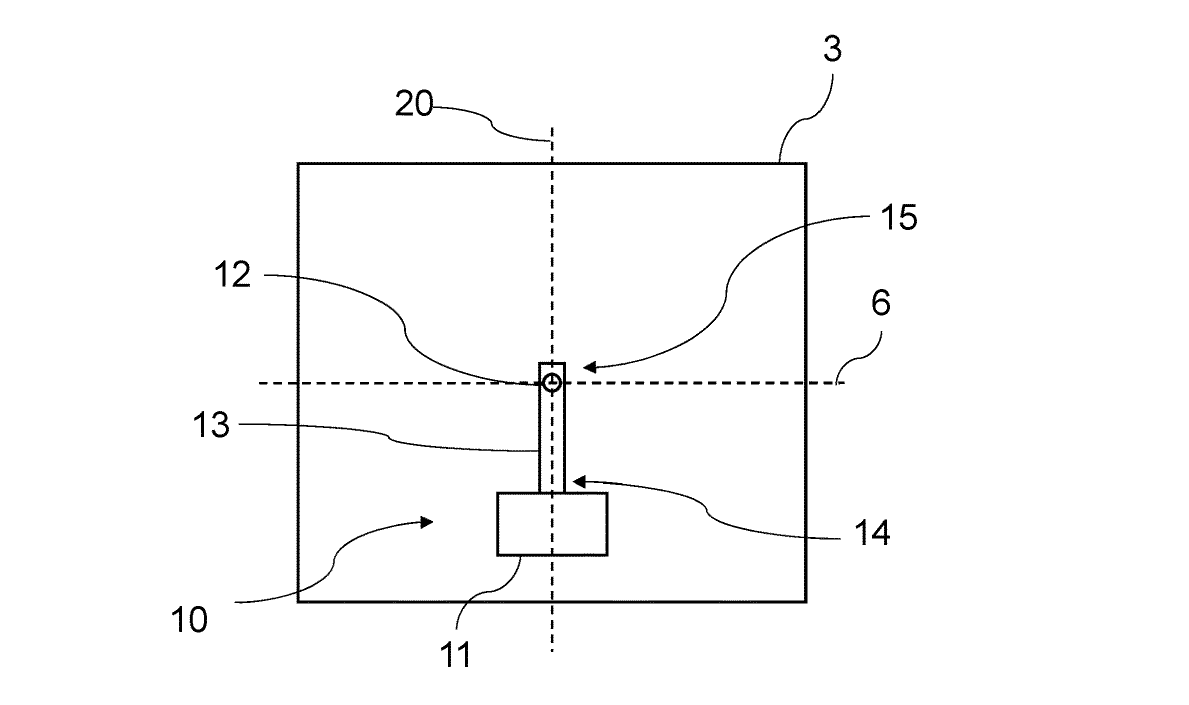Sony Interactive Entertainment is on a mission to continuously improve the haptic feedback system for their game controllers. Why shouldn’t they? Fans love it, and the immersion we get as players is a great option to have. In an effort to take things with haptic feedback to the next level, Sony has recently published a new patent. According to the abstract of the patent:
A controller for a multimedia entertainment system is provided. The controller comprises a weighted component connected to the controller, wherein the weighted component is rotationally movable relative to the controller. The controller is configured to rotate the weighted component from a start position to an end position to shift the center of the mass of the controller in response to a trigger event; wherein the weighted component stops moving at the end position. This movement of the weighted component provides directional haptic feedback to a user of the controller.
Current game controllers only have oscillatory (vibratory) movements to generate haptic feedback, limiting the overall experience. Sony believes that if we add a rotational weight distribution to the current haptic feedback module, we can take the haptic experience to the next level. For this to be achieved, they think that adding a rotatable weighted component can do the trick.

By shifting the center of the mass of the controller, the component will be able to map the experience in a more accurate way depending on the feedback received while playing a video game. You will actually be able to feel the weight of the controller being shifted depending on the action you take in the game. The patent further reads:
Currently, haptic modules in controllers and other peripherals largely consist of vibration motors often coupled to small masses which oscillate at high frequencies to produce a “rumble” vibration that can be felt by the user. The range of frequencies that these vibration motors can operate at efficiently limits their use to producing these small “rumble” effects and the level of controller feedback they can provide.
Developing effective haptic feedback for a controller is challenging and, just as effective feedback can positively impact the experience of using a controller, ineffective feedback can distract a user and significantly detract from their experience. The present invention provides new forms of haptic feedback by significantly altering the weight distribution of the haptic module.

Rotating the weighted component means a wide variety of different types of directional haptic feedback can be provided, such as leaning sensation when the weight distribution of the controller is adjusted to make the controller heavier on one side for an extended period of time, or a jerking sensation when the weighted component is rapidly decelerated to provide a directional impact effect on the controller. This directional haptic feedback is not achievable with existing controllers using known haptic modules, as the weight and overall feel of a controller remains central even when these haptic modules are actuated.
Sony has already released Dualsense Edge, it’s premium variant of PS5 controller. However, with PS5 Pro rumors going wild, we could very well see this concept being used in a controller by Sony this generation. Even if they don’t use it this generation, getting improved haptic feedback will always be a welcome addition for better immersion and experience in gaming.

